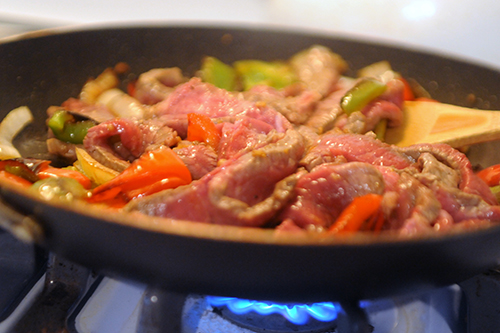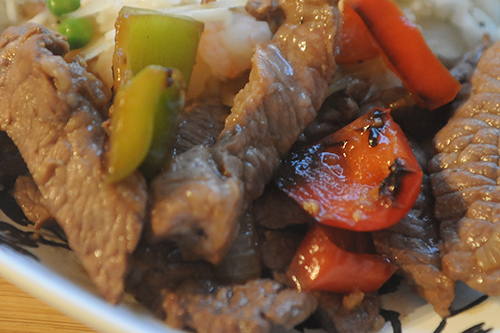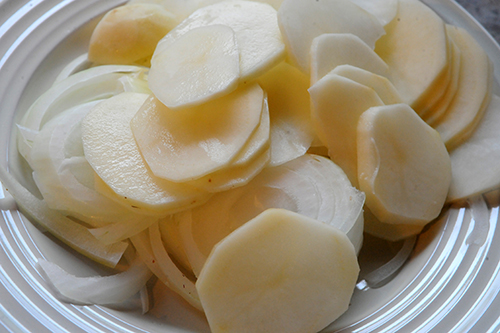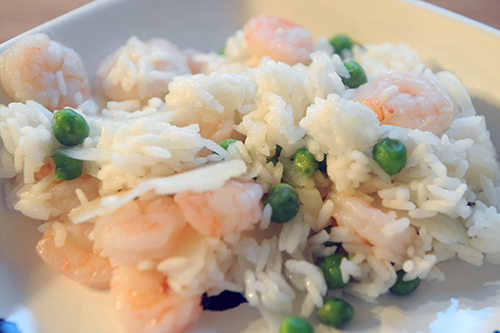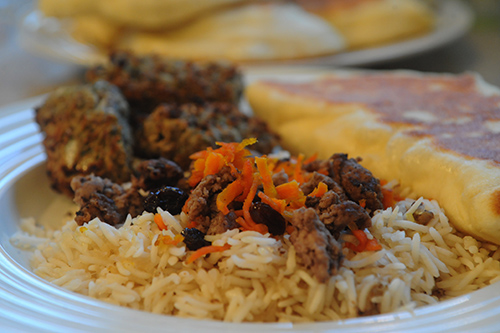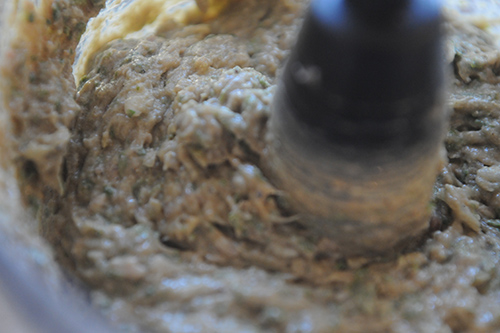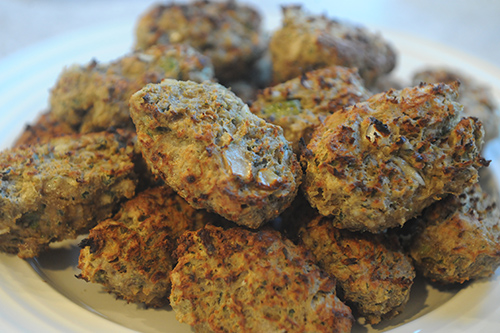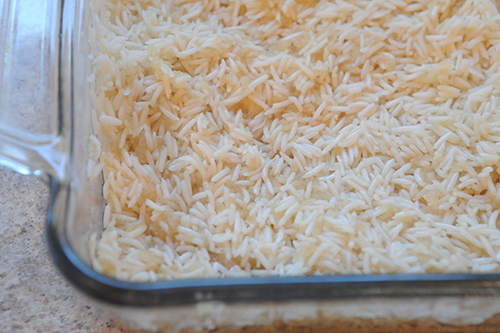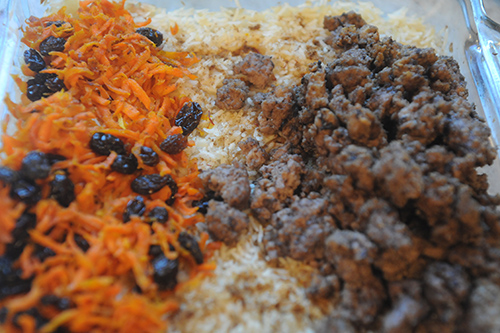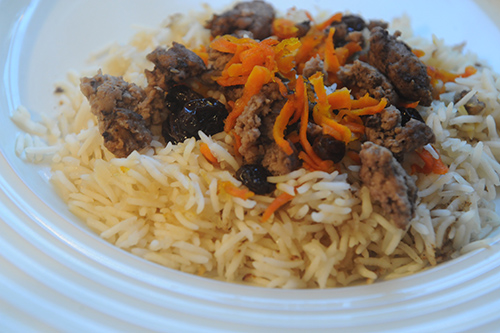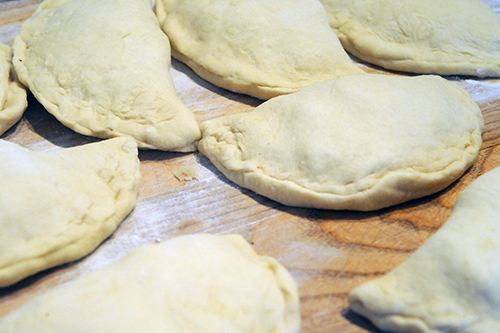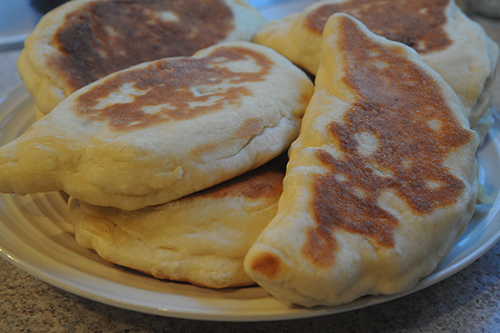So, I'm sure that North Korea is a lovely place to live and work, but I have to say, I really found the differences between North Korean food and the stuff served just to the south to be quite telling. North Korean food: a little bland, and, dare I say, sort of, um, oppressed. South Korean food, on the other hand ... huge difference.
Of course, it was only one meal. Maybe I got the most flavorful thing on South Korea's menu, and the least flavorful thing on North Korea's. Maybe it was just bad luck. But I sure did like my South Korean meal.
 |
Gyeonghoeru Pavillion, Gyeongbok Palace, Seoul, South Korea.
Photo by Scott Rotzoll. | | |
Let's start, as usual, with a little bit of background about South Korea. First and foremost, it is not North Korea. As you know--because you memorized the facts from my post about North Korea, right?--North and South Korea were once a part of the same nation, right up until the end of World War II when it was divided into Soviet and US occupied regions. This eventually led to the Korean War in 1950. After that ended in 1953, the two nations sort of went their separate ways, with South Korea prospering and North Korea, not really. In fact South Korea became so prosperous that despite its relatively small size it is the eighth largest country in the world for international trade, has the highest human development index in East Asia and in terms of wages also has Asia's highest income. In fact, pick an index--education, healthcare, job security, tolerance and inclusion--and South Korea is always close to the top. And also, the food is awesome.
.svg/541px-South_Korea_(orthographic_projection).svg.png) |
|
I used to live in the San Francisco Bay Area, so I've eaten at some Korean places but don't recall what I really thought of it. The stuff I made was fabulous. I am told that South Korean cuisine is actually quite diverse from province to province, so my generalizations are probably not fair. On paper, South Korean ingredients are similar to what you might find anywhere else in Asia--noodles, rice, vegetables, meat and tofu. On the plate, well, yum. Here's what I made (all these recipes came from
Easy Korean Food):
Korean fried chicken
- 2 lbs chicken drumsticks
- 5 tbsp of soy sauce
For the batter:
- 1/2 cup plain flour
- 1/3 cup cornstarch
- 1/2 tsp baking powder
- salt and pepper to taste
- 1/2 cup water
For the sauce:
- 3 tbsp catsup
- 1 tbsp Gochujang*
- 1 tbsp sugar
Bokkeum bap
- 3 1/2 oz spam, cubed**
- 3 cups Jasmine rice
- 1/2 carrot, cubed
- 1/2 zucchini, cubed
- 1 mushroom, cubed
- pinch of salt
- 1 tbsp soy sauce
Kimchi
- 2 large Napa cabbages, cut into chunks
- 8 oz rock salt
- Water
For the sauce:
- 10 tbsp fish sauce
- 10 tbsp ground red pepper***
- 1 onion
- 4 to 5 cloves garlic
- 1 Asian pear
- 1 tbsp salt
- 1/2 tbsp sugar
- small piece of ginger
- 4 green onions, sliced fine
Spicy Cucumber
- 1 cucumber
- 1 tbsp apple cider vinegar
- 1 tbsp sugar
- 1 tablespoon ground red pepper
* Gochujang is a Korean hot sauce. It's yummy. Buy some.
** Sorry food purists, spam is indeed a popular ingredient in South Korea. In fact, South Korean spam is actually made with better quality ingredients than American spam, so I guess you could call it "gourmet spam." Its presence in this recipe didn't actually surprise me because I've seen a lot of fried rice recipes that include it.
*** 10 tbsp red pepper is a TON. You don't have to use this much, I didn't. I used maybe half and it was still almost inedibly spicy.
Do the kimchi first, because that takes a few hours. If you're really
ambitious, you could do it a few days or a week in advance to give it
time to start fermenting. I did mine on meal day. Here's how:
Combine
the cabbage and the salt and cover with water. Let soak for four to
five hours (one recipe said one to two hours, if you're in a time
crunch).
Meanwhile, put all the ingredients for the sauce except for the
green onions into a blender. Pulse until fine, then remove from the
blender and add the green onions.
At the end of the
soaking time, drain the water. Rinse the cabbage in a sieve, then mix
with the sauce. You can serve kimchi fresh or you can let it ferment in
the fridge for six to 12 months. There's so much salt and spice in this
stuff that trust me, no harmful bacteria is going to touch it.
Now let's do the chicken. First lightly spray a roasting pan, and put the drumsticks into it. Pour the soy sauce over them and roast at 425 degrees for 45 minutes, or until a thermometer inserted in the thickest part of the drumstick reads 175 degrees. Remove and let cool for five or 10 minutes.
Meanwhile, mix the flour with the cornstarch, baking powder and salt and pepper. Add about a half cup of water to the mix, then add more as necessary to make your batter a bit thicker than a pancake batter.
In a separate bowl, mix together the sauce ingredients.
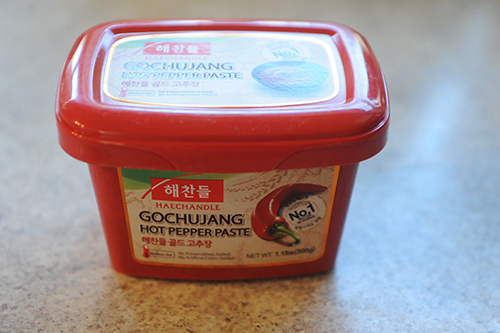 |
| This is Gochujang. Put it on everything. |
Heat about an inch of oil in a large pan (you can use more, I just don't like to throw out oil) until bubbles rise around the non-stirring end of a wooden spoon. Pat the chicken with a paper towel to help absorb some of the excess oil. Dip each drumstick into the batter. Drop the chicken into the oil and deep fry on both sides until golden brown. Just do a few at a time and take care not to let them stick to each other. Drain on paper towels and serve with the sauce.
Now for the rice. This recipe calls for boiling, which is easy. When it's al dente, drain and set aside.
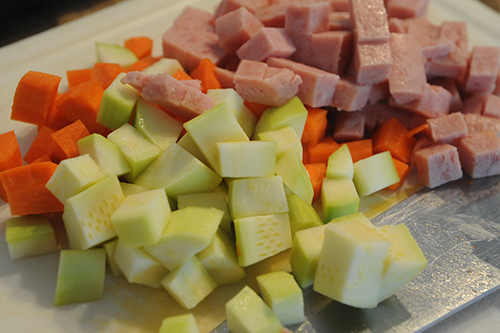 |
| Simple ingredients, yay! |
Meanwhile, heat some oil in a wok or other large pan and add the vegetables and spam. Add a pinch of salt and let cook until the vegetables and spam are just starting to brown.
Now add the cooked rice and stir in the soy sauce. Let cook for another three to five minutes and serve.
So while the chicken is roasting and/or the rice is cooking, you can make the cucumbers because they are ridiculously easy. Just put everything in a bowl and mix. Done!
Here's what we thought: Martin said, "These are the best drumsticks I've ever had!" Which coming from him is huge, because he really dislikes meat on the bone. But I had to agree that they were pretty I danged tasty drumsticks. They came out really crispy and the sauce, oh my. It was a little fruity and just spicy enough without being overwhelming.
Now the kimchi was actually a bit overwhelming. This was the first time I've had it but Martin has eaten it a few times, and didn't like it this time, either. It was kind if over the top spicy, even though I didn't use as much red pepper as it called for. It was also really salty. I think I would have liked to let it ferment for a while to see what that did to the flavors, but Martin was pretty adamant that we wouldn't ever eat it, so it got tossed. The cucumbers were also quite spicy but the fire was a really good combo with the mellow cucumbers. And I liked the rice, spam and all. With all that spicy food the salt in the spam was kind of needed to help cool things down.
If you're a fan of spicy foods, make this meal. Maybe skip the kimchi, unless you've already got a taste for it (I hear it's an acquired one). It's a lot if work for something you might end up not liking. But that chicken, yum. Already looking forward to making it again.
Oh and you know, you could substitute diced ham for the spam. I won't tell.
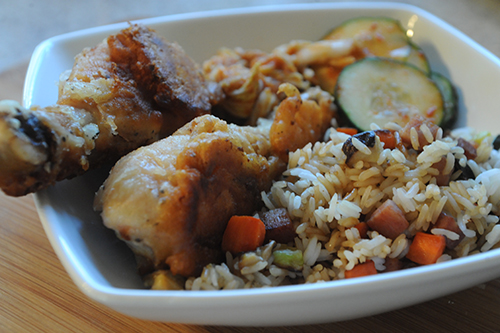

.svg/541px-South_Korea_(orthographic_projection).svg.png)



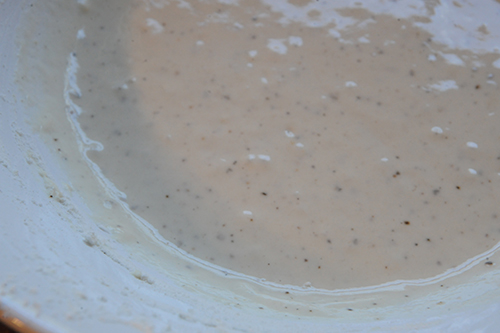


















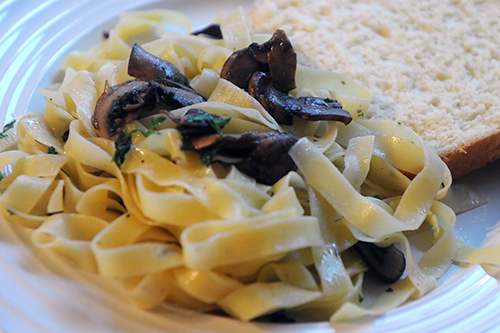

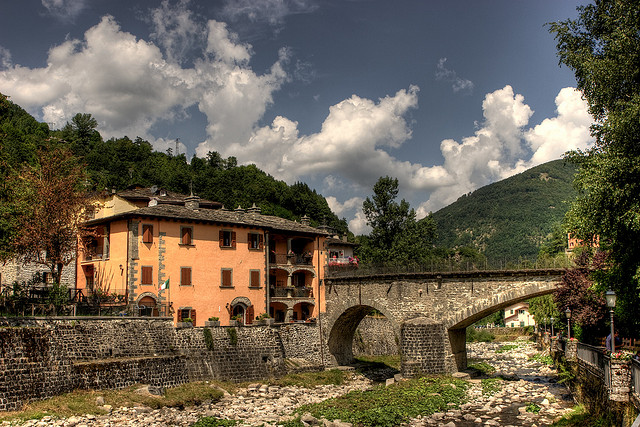
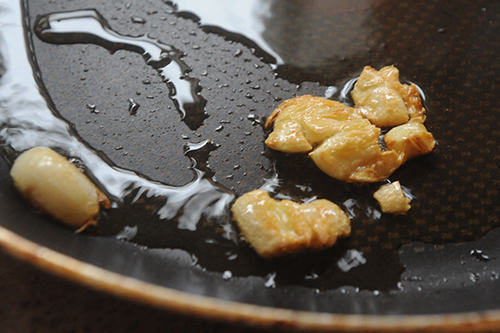
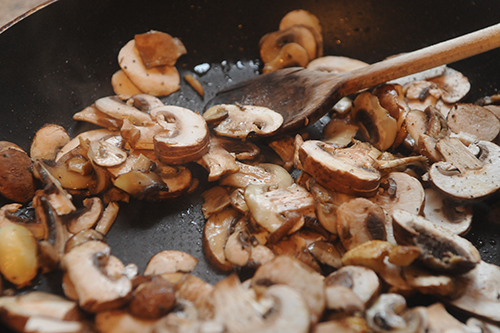
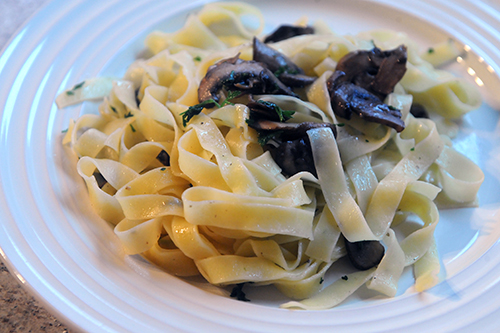

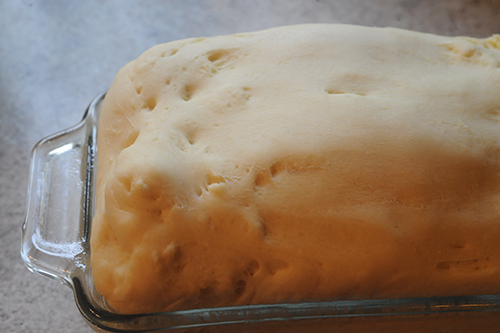
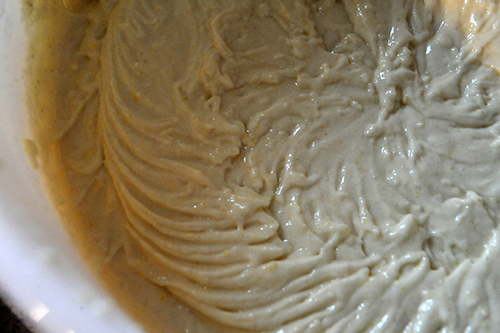
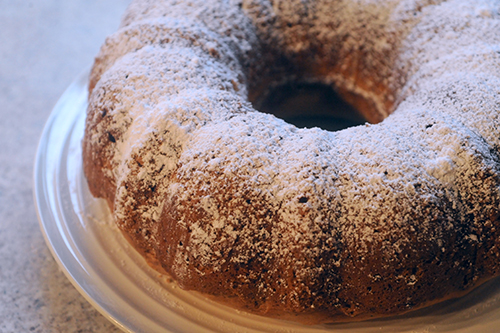
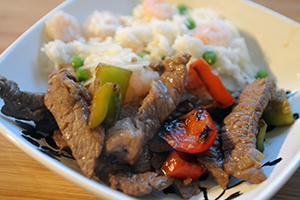

.svg/536px-North_Korea_(orthographic_projection).svg.png)
